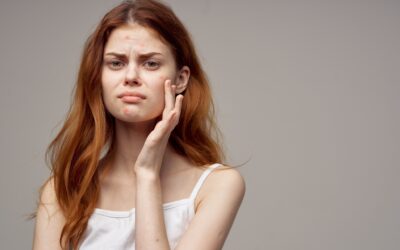by Alisha Madrone, CNM
The beloved days of summer have finally made their way to the Pacific Northwest! With the plethora of farmers’ markets, outdoor concerts and backyard BBQs to enjoy, who wants to spend the much anticipated sunny days trying to divert attention from the itching that’s going on under their lovely summer skirt???
Definition/Introduction
While vulvovaginal candidiasis, generally referred to as yeast infections, is not the most common vaginal infection, it is certainly one of the more familiar women’s health complaints. Most women will have at least one yeast infection throughout their life and nearly half of all women will be burdened with multiple yeast infections.
How Yeast Happens
As many are already aware (and few don’t like to think about), our bodies have plenty of yeast and bacteria in and among them that play a very important role of keeping our bodies healthy. The vagina is just one example of such an “ecosystem” in the body. So long as balance is maintained in the vaginal ecosystem, we (and our partners) remain happy. For most women this balance persists despite hormonal shifts, menstrual flow and intimacy practices. However, occasionally the delicate system is disrupted.
Symptoms
The classic symptoms of a yeast infection include internal and external vaginal irritation, itching, burning, redness and swelling that are accompanied by a thick, white discharge (similar in appearance to cottage cheese). However, symptoms may be variable from woman to woman and occasionally no symptoms are present at all.
Diagnosis
Accurate diagnosis of a yeast infection is ideally made by a combination of a complete history, a physical exam (including looking under the microscope and testing vaginal pH) and, if necessary, a culture. Self-diagnosis, although common, is not recommended.
Treatments
There are nearly one hundred over-the-counter and prescription treatments marketed for yeast infections! The availability and familiarity with these treatments results in both the ease of self-treatment and also the consequences of missing an underlying condition (especially in women who have chronic yeast infections), incorrectly treating an infection and encouraging drug resistance. Prolonged or worsening symptoms are therefore becoming more common.
Identifying and treating the cause of illness should be a priority. Once the cause is accurately identified, the most appropriate natural or pharmaceutical treatment will be illuminated for the conscientious practitioner.
In Your Hands: Prevention Is the Best Medicine!
The health of our body as a whole most certainly affects the parts, including the vagina. Make mindful choices about the foods you eat, habits you indulge in and amount of stress and exercise you can handle.
- Avoid excessive sugar and refined carbohydrates
- Consider adding acidophilus yogurt and/or a lactobacillus (beneficial bacteria, also known as probiotics) supplement to your diet (especially when taking antibiotics)
- Avoid potential allergens or irritants and be careful not to use harsh soaps or overwash the vagina
- Always wipe from front to back
- Avoid wearing nylon underwear, tight clothing and pantyhose
- Remove wet or sweaty clothes promptly
If you or someone you care about is complaining of irritating vaginal symptoms or suffers from chronic yeast infections, encourage them to make an appointment to ensure a correct diagnosis and rapid, appropriate and effective treatment so you are looking and feeling your best this summer!
Alisha Madrone is a nurse practitioner/certified nurse midwife providing quality women’s health care and midwifery services out of Zenana Spa and Wellness Center.
For further resources or information, contact Alisha at FlourishWomensWellness@gmail.com.
Back to newsletter~




